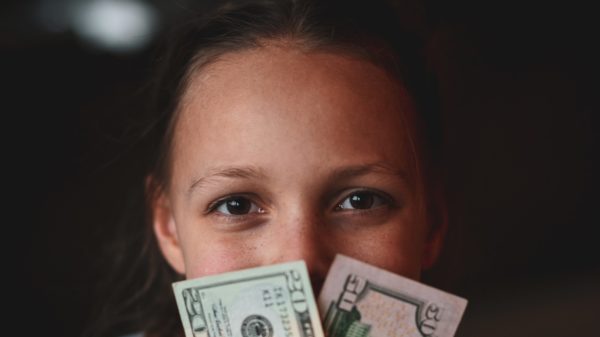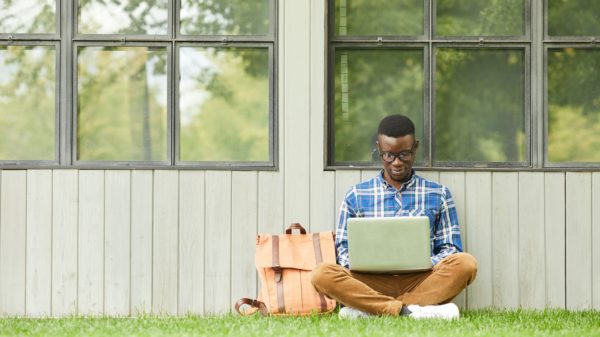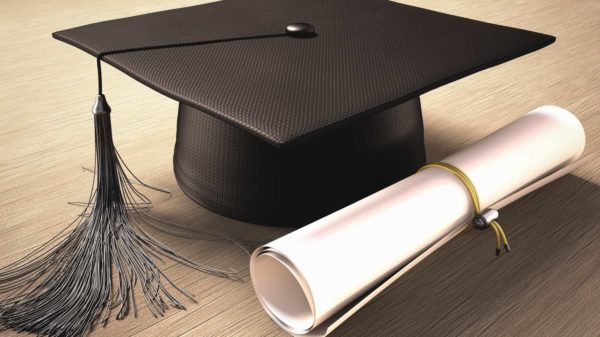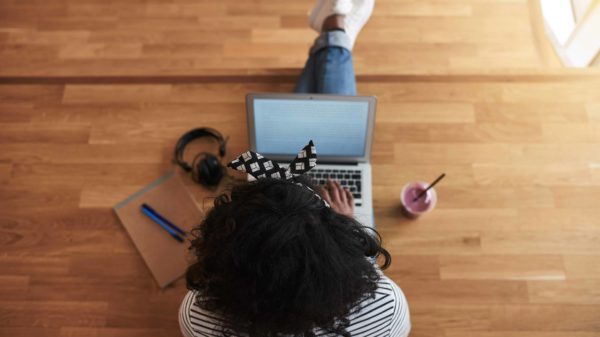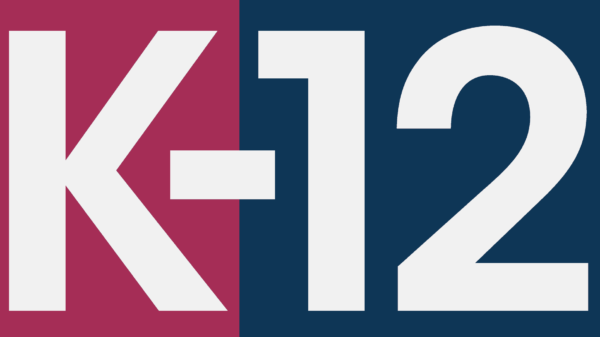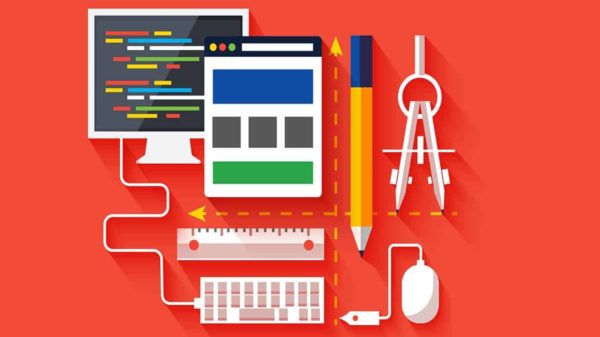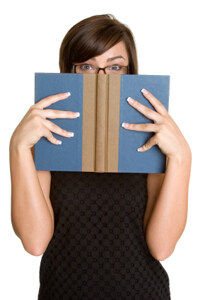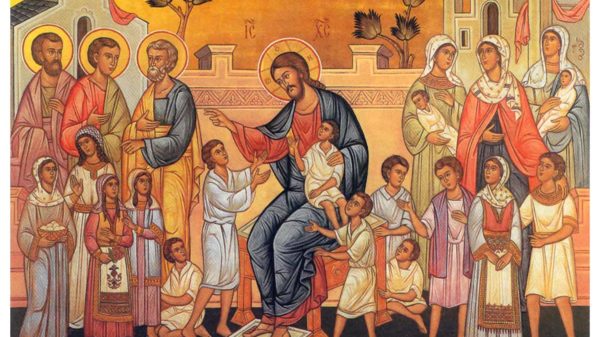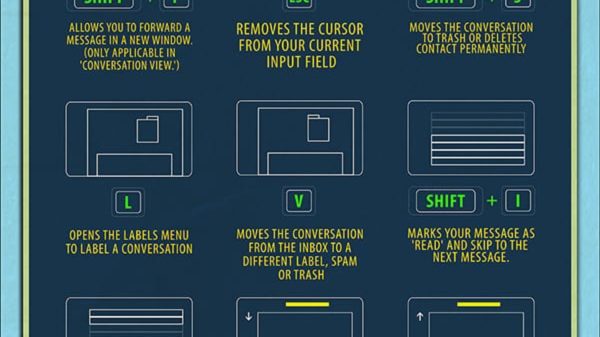Submitted by: Heidi Muehlhausen; edited by AskERIC
Endorsed by: Don Dacey, Mankato State University
Date: June 4, 1997
Date:
Subject(s):
- Arts/Visual Arts
Grade Level(s): 4,5,6,7,8,9
Description:
This lesson is an easy way to construct a printing plate. It goes over the basic concepts of relief printing. It is nice for grade school because it doesn’t require using sharp cutting knives or chemicals. I feel that this lesson could be used from fourth grade on up. I know that I really had fun making a fabric print myself.
Goal: Students will create a multi print.
Objectives:
1. The student will understand positive and negative space.
2. The student will create a design using texture.
3. The student will demonstrate the proper printing techniques.
Materials:
- White and colored construction paper,
- water based printing ink,
- brayer,
- cardboard,
- glue,
- different types of fabric
Introduction:
Show students example of fabric print. Take time to point out and explain how the different types of fabrics leave a different texture print.
Procedure:
Each student should have a piece of cardboard. They will need to piece together at least 5 different types of fabric to cover the piece of cardboard.
- When they get a pattern that they like ,they should glue the piece of fabric down on the piece of cardboard. This will be the printing plate.
- Wait for the glue to dry.
- Squeeze a small amount of the ink onto a flat, dry surface.
- Roll the brayer through the ink.
- You will need to roll through the ink in different directions to evenly ink the brayer.
- When you first roll the brayer through the ink it will develop large peaks in the ink.
- When the ink is ready to use it will seem tacky and form very small peaks.
- Roll the brayer over the plate in one direction.
- Then roll it back through the ink.
- It is better to give the plate several thin coats of ink rather than one thick one.
- Keep rolling the brayer over the plate and through the ink until the plate has an even coat of ink on it.
- Set the plate on the table ink side up and place a piece of construction paper on top of the plate.
- Rub the paper with the heel of your hand pressing the paper down into the ink always keeping one hand on the paper so that it doesn’t shift on the plate.
- Peek under a corner to see how much of the ink has transferred onto the plate.
- When the image on the paper is as dark as you want it lift up from the corner and set it aside to dry.
- Repeat inking the plate and print another.
Assessment:
Did the students use more than one type of fabric?
How much thought did they put into arranging the fabric?
Did the student get a nice clear print of the textures, indicating that they inked the plate correctly?
Useful Internet Resources:
Art History Theme Page
http://www.cln.org/themes/art_history.html
The Artist’s view of World History and Western Civilization
http://history.evansville.net/index.html
Art and Music
http://www.siec.k12.in.us/~west/sites/art.htm
ArtSeek – Internet Art Resources
http://www.artseek.com/ArtSites/Sites.html
Chinese Papercuts
http://www.isaacnet.com/culture/papercut.htm
Crayola
http://www.crayola.com/
Educational Standards and Curriculum Frameworks for Art
http://putnamvalleyschools.org/StSu/Art.html
GATES – Global Access to Educational Sources: Art & Music
http://www.geocities.com/Athens/Academy/6617/arts.html
Japan – Resources for a Visual Arts Theme
http://www.primenet.com/~bec/
KidsWeb – Art & Museums
http://www.kidsvista.com/Arts/art.html
The Library-in-the-Sky – Art Lesson Plans
http://www.nwrel.org/sky/Library/Materials_Search/Lesson_Plans/Arts.html
Museums Index at World Wide Arts Resources
http://wwar.com/museums.html
Pencils! Pencils! Pencils!
http://www.pencils.com/
Study Web – Art Teaching Resources
http://www.studyweb.com/teach/tocart.htm
Yahoo Home: Arts: Education
http://dir.yahoo.com/Arts/Education/K_12/

